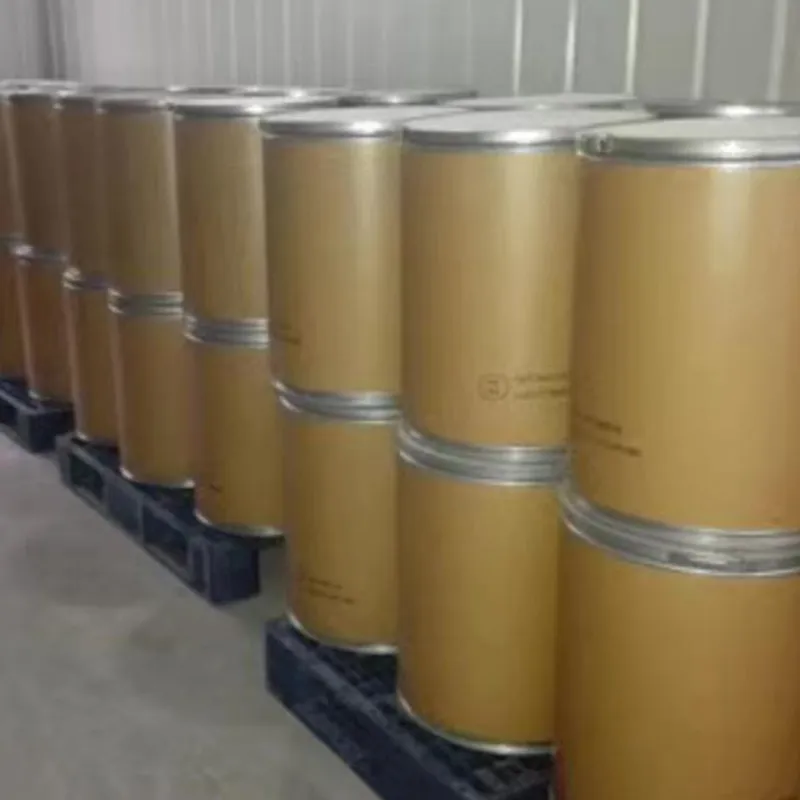
Exploring the Use of Sulphur Dioxide as a Food Preservative in Modern Practices
Sulphur Dioxide as a Food Preservative A Comprehensive Overview
Sulphur dioxide (SO₂) is a colorless gas with a sharp, pungent smell. It has been utilized in various industries for centuries, particularly in food preservation. As a food preservative, sulphur dioxide plays a crucial role in extending shelf life, preventing spoilage, and maintaining the quality of various food products. This article explores the functions, benefits, and safety concerns associated with sulphur dioxide in the food industry.
The Role of Sulphur Dioxide in Food Preservation
Sulphur dioxide is primarily used as an antimicrobial and antioxidant agent. It effectively inhibits the growth of bacteria, yeasts, and molds that can spoil food. Furthermore, sulphur dioxide helps to retain the color and freshness of certain fruits and vegetables by reducing enzymatic browning. Commonly, sulphur dioxide is employed in the preservation of dried fruits, wine, and certain types of juices. For instance, its application in dried apricots or raisins not only protects them from spoilage but also helps in retaining their vibrant color.
In the winemaking process, sulphur dioxide is added to control fermentation and prevent oxidation. The compound allows winemakers to craft products that are not only palatable but also aesthetically appealing. The use of sulphur dioxide in wine production has become so normative that it frequently appears on ingredient labels, indicating its significance in this sector.
Benefits of Using Sulphur Dioxide
One of the primary benefits of sulphur dioxide as a preservative is its efficacy in preventing spoilage. By extending the shelf life of food products, sulphur dioxide contributes to reduced food waste, an essential consideration in today’s global food supply challenges. Additionally, its low cost and ease of use make it an attractive option for food manufacturers.
Another benefit is the preservation of nutritional quality. Many nutrients, especially in fruits and vegetables, are maintained when sulphur dioxide is applied. It helps in keeping the taste and texture of food intact, ensuring that consumers receive quality products.
sulphur dioxide food preservative

Moreover, sulphur dioxide has a well-documented safety profile when used within regulated limits
. Food safety authorities worldwide, including the FDA and the EFSA, accept the use of sulphur dioxide as safe for consumption, provided that it adheres to established guidelines.Safety and Health Concerns
Despite its advantages, the use of sulphur dioxide in food preservation is not without controversy. Some individuals are sensitive to sulphites, the chemical family that includes sulphur dioxide. These sensitivities can trigger allergic reactions such as asthma, respiratory issues, and skin rashes. For this reason, products containing sulphur dioxide must be appropriately labeled to inform consumers.
Government regulations require that food containing sulphur dioxide be clearly labeled. In the European Union, for example, ingredients that contain sulphites in concentrations greater than 10 mg/kg must be explicitly mentioned. This transparency allows sensitive individuals to avoid products that could cause adverse reactions.
Additionally, excessive consumption of sulphur dioxide can lead to health concerns, such as gastrointestinal distress. Therefore, adhering to regulatory guidelines is essential to ensure consumer safety.
Conclusion
Sulphur dioxide remains one of the most widely used food preservatives due to its effectiveness, affordability, and ability to maintain food quality. While it plays an important role in preventing spoilage and prolonging shelf life, consumers should be aware of potential sensitivities associated with its use. Regulatory bodies continue to monitor its application in the food industry, ensuring that it is used safely and responsibly. As the food industry evolves and seeks innovative preservation methods, sulphur dioxide will likely remain a cornerstone in food preservation, balancing safety, quality, and sustainability in our ever-changing world.
-
Pure Sodium Dichloroisocyanurate Dihydrate | Powerful DisinfectantNewsAug.29,2025
-
Industrial Chemicals: Quality & Purity for Every IndustryNewsAug.28,2025
-
Nitrile Rubber Honoring Strict Production StandardsNewsAug.22,2025
-
Aspartame Ingredients Honoring Food Safety ValuesNewsAug.22,2025
-
Fertilizer for Balanced Plant NutritionNewsAug.22,2025
-
Cyanide Gold Processing with High Purity AdditivesNewsAug.22,2025
-
Formic Acid in Textile Dyeing ApplicationsNewsAug.22,2025
Hebei Tenger Chemical Technology Co., Ltd. focuses on the chemical industry and is committed to the export service of chemical raw materials.
-

view more DiethanolisopropanolamineIn the ever-growing field of chemical solutions, diethanolisopropanolamine (DEIPA) stands out as a versatile and important compound. Due to its unique chemical structure and properties, DEIPA is of interest to various industries including construction, personal care, and agriculture. -

view more TriisopropanolamineTriisopropanolamine (TIPA) alkanol amine substance, is a kind of alcohol amine compound with amino and alcohol hydroxyl, and because of its molecules contains both amino and hydroxyl. -

view more Tetramethyl Thiuram DisulfideTetramethyl thiuram disulfide, also known as TMTD, is a white to light-yellow powder with a distinct sulfur-like odor. It is soluble in organic solvents such as benzene, acetone, and ethyl acetate, making it highly versatile for use in different formulations. TMTD is known for its excellent vulcanization acceleration properties, which makes it a key ingredient in the production of rubber products. Additionally, it acts as an effective fungicide and bactericide, making it valuable in agricultural applications. Its high purity and stability ensure consistent performance, making it a preferred choice for manufacturers across various industries.





